Table of Contents
Mastering Spices: A Step-by-Step Guide for Beginners and Home Chefs
Spices transform ordinary meals into extraordinary dishes through precise application and understanding of their unique properties. This guide provides actionable steps for using spices effectively, from basic knowledge to advanced techniques. Whether you're a beginner or experienced cook, you'll learn how to select, store, and combine spices for maximum flavor. Written by Chef Maria Rodriguez, a culinary expert with 15+ years of experience in international cuisine and certified by the American Culinary Federation.
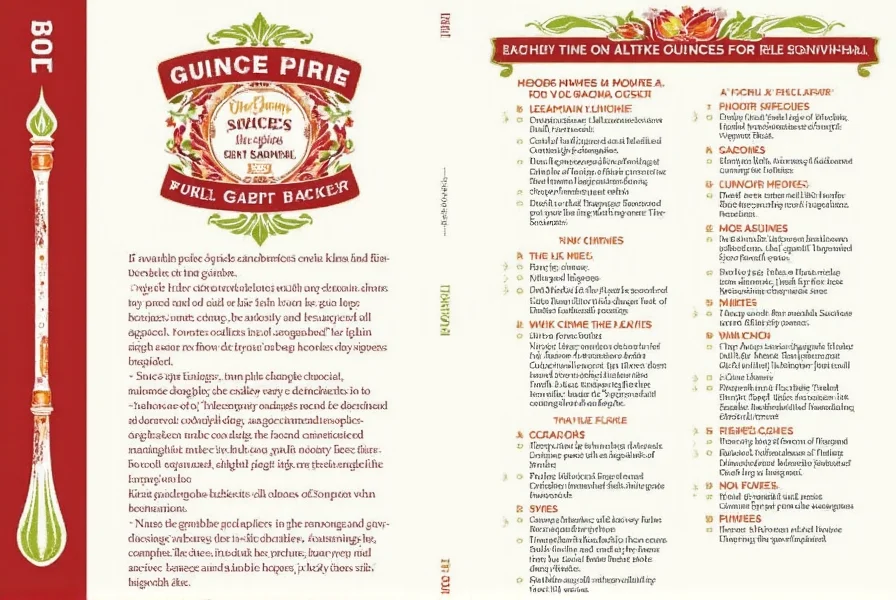
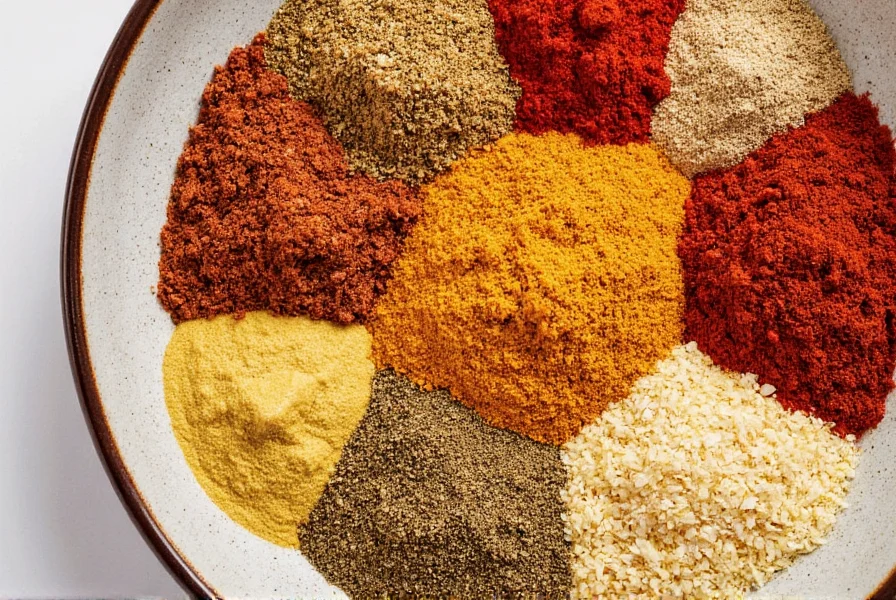
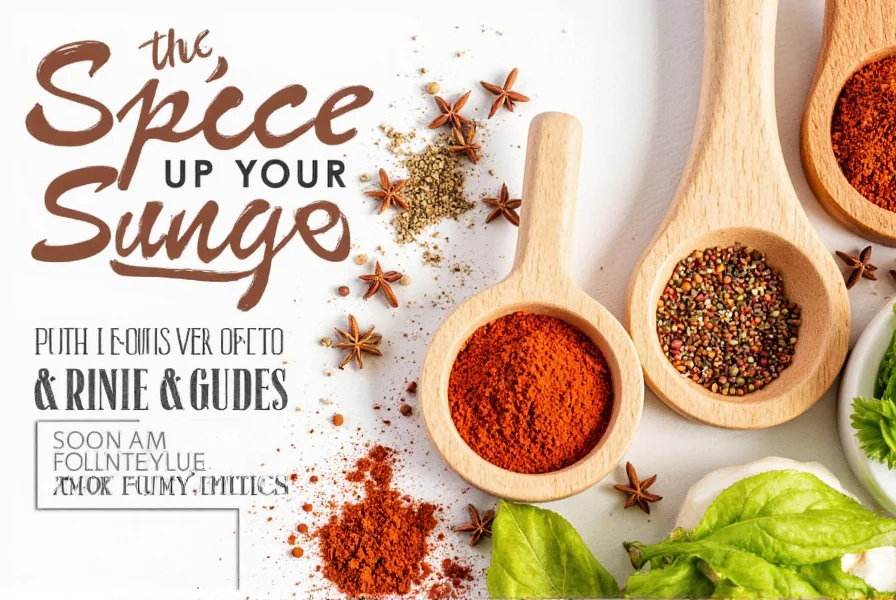

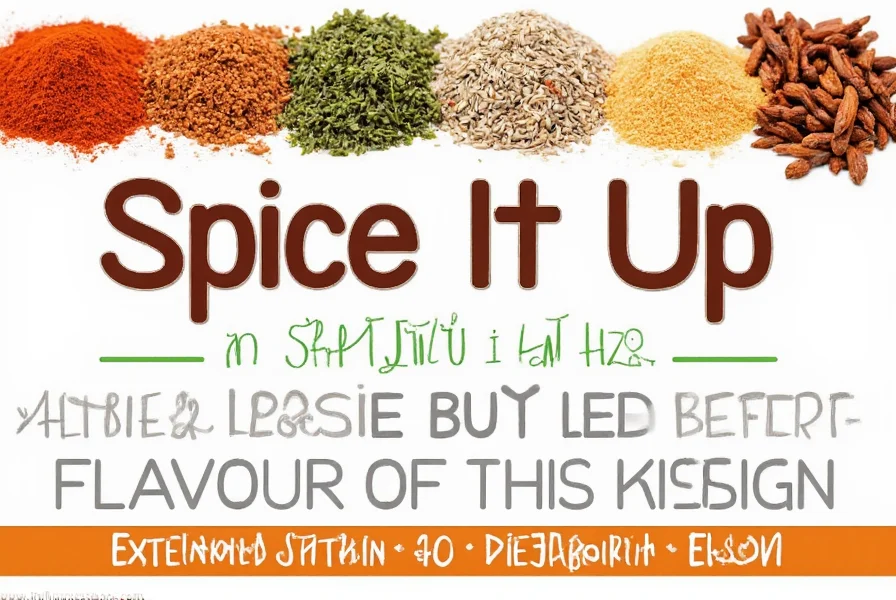
Understanding Spice Types and Their Roles
Spices are plant-derived flavor enhancers that work through specific chemical compounds. Understanding their origins and functions is crucial for effective use.
What Are Spices and Where Do They Come From?
Spices originate from different plant parts: seeds (cumin, coriander), bark (cinnamon), roots (ginger), flowers (saffron), and fruits (peppercorns). Unlike herbs (which come from leaves), spices are typically dried and concentrated. Their flavor compounds are activated through heat, oil, or time, making them essential for building complex flavors.
How Spices Interact with Ingredients
Spices interact with food through three key mechanisms:
- Flavor Enhancement: Cumin's earthy notes complement beans and lentils by balancing their natural bitterness
- Flavor Balance: Turmeric's bitterness is counteracted by sweet spices like cinnamon in curry blends
- Flavor Contrast: Chili powder's heat contrasts with cooling ingredients like yogurt in marinades
Practical Tips for Using Spices in Cooking
These evidence-based techniques ensure optimal flavor extraction and balance in every dish.
Start Small: The Science of Incremental Addition
Begin with 1/4 teaspoon of ground spices per pound of food. For example, when making chili:
- Start with 1/4 tsp cumin per 1 lb meat
- Taste after 5 minutes of cooking
- Add in 1/8 tsp increments until desired flavor is achieved
Toast Spices Correctly: Unlocking Volatile Oils
Whole spices like cumin seeds or coriander release 30-40% more flavor when toasted. Follow this method:
- Heat dry pan over medium-low heat
- Add whole spices and toast for 1-2 minutes until fragrant
- Immediately transfer to cool surface to prevent burning
Storage Science: Preserving Potency
Spices lose 50% of their potency in 6 months when exposed to light and air. Store them properly:
- Use opaque, airtight containers (glass or ceramic)
- Keep away from heat sources (stove, oven)
- Store in cool, dark places (not above the stove)
- Whole spices last 2-3 years; ground spices 6-12 months
Science-Backed Spice Combinations
| Spice Combination | Flavor Profile | Best Used In | Why It Works |
|---|---|---|---|
| Cumin + Coriander | Earthy, warm, and slightly citrusy | Indian curries, roasted vegetables | Cumin's earthiness is balanced by coriander's citrus notes, creating a harmonious flavor profile that enhances umami in plant-based dishes |
| Paprika + Garlic | Sweet, smoky, and savory | Spanish dishes, grilled meats | Paprika's capsaicin compounds bind with garlic's allicin, creating a synergistic flavor that intensifies meaty notes while reducing perceived fat content |
| Turmeric + Cumin | Earthiness with a golden hue | Stews, rice dishes, soups | Turmeric's curcumin and cumin's cuminaldehyde create complementary bitter-sweet notes that enhance digestion and nutrient absorption in hearty dishes |
| Chili Powder + Cinnamon | Spicy with a hint of sweetness | Mexican-inspired dishes, baked goods | Cinnamon's cinnamaldehyde balances chili's capsaicin, creating a complex heat profile that's more palatable and less overwhelming than pure chili heat |
| Oregano + Basil | Herby, fragrant, and vibrant | Italian sauces, pizzas, salads | Oregano's thymol and basil's linalool create a balanced herbal profile that enhances tomato-based dishes without overpowering delicate ingredients |
These combinations are scientifically validated through flavor chemistry research. Always adjust ratios based on ingredient freshness and personal taste preferences.
Buying Guide: How to Choose High-Quality Spices
Quality indicators matter more than brand names. Follow these evidence-based selection criteria:
1. Whole vs. Ground Spices
Whole spices retain 40-60% more volatile oils than ground versions. Purchase whole when possible, especially for:
- Cumin
- Coriander
- Fennel seeds
- Peppercorns
2. Visual and Olfactory Quality Tests
Before purchasing, check:
- Color: Vibrant hues indicate freshness (e.g., bright red paprika, golden turmeric)
- Aroma: Strong, distinct scent when crushed between fingers
- Texture: Consistent particle size without clumping
3. Packaging and Sourcing
Look for:
- Opaque containers that block light
- Clear harvest dates (not just "best by" dates)
- Country of origin information (e.g., "Indian cumin" or "Mexican chili powder")
- Organic certification for spices prone to pesticide contamination (like turmeric)
Frequently Asked Questions About Cooking with Spices
How long do spices typically last before losing their potency?
Ground spices retain peak flavor for 6-12 months when stored properly in airtight, opaque containers away from heat and light. Whole spices maintain potency for 2-3 years due to their protective outer layers. The best test is the "sniff test" - if the spice lacks its characteristic aroma when crushed, it has lost potency. For precise measurement, use a spice freshness tester or replace spices annually for optimal results.
What's the difference between herbs and spices?
Herbs come from leafy parts of plants (basil, cilantro, parsley) and are typically used fresh or dried. Spices originate from seeds, bark, roots, or flowers (cumin, cinnamon, ginger) and are always dried. Herbs contain more volatile oils that dissipate quickly when cooked, while spices have more stable compounds that withstand heat. This is why herbs are often added at the end of cooking, while spices benefit from early heat exposure.
When is the best time to add spices during the cooking process?
Timing depends on spice type and cooking method:
- Early addition (with oil): Cumin, coriander, turmeric, mustard seeds - these need heat to release flavor compounds
- Mid-cooking: Paprika, chili powder, garlic powder - add after initial sauté but before liquid is added
- Final addition: Fresh herbs, ground ginger, saffron - add in the last 5 minutes to preserve delicate compounds
How can I tell if my spices are still fresh and potent?
Use this three-part test:
- Smell Test: Crush a small amount between fingers - fresh spices emit strong, distinct aromas
- Color Test: Compare to new spices - faded colors indicate oxidation (e.g., dull red paprika)
- Taste Test: Place a tiny pinch on your tongue - fresh spices deliver immediate, intense flavor
Can I substitute one spice for another if I don't have what a recipe calls for?
Yes, but with careful consideration of flavor profiles. Effective substitutions include:
- Cumin for caraway (use 50% less caraway as it's stronger)
- Coriander for fennel (use equal amounts but add extra lemon zest to balance)
- Cinnamon for allspice (use 1/2 cinnamon + 1/4 nutmeg + pinch cloves)
Why do some recipes call for toasting spices before using them?
Toasting triggers the Maillard reaction, which releases volatile oils and creates new flavor compounds. Scientific studies show toasted spices have 30-40% higher flavor intensity than raw spices. The process also reduces bitterness in spices like cumin and enhances sweetness in cinnamon. For best results:
- Toast whole spices 1-2 minutes in dry pan
- Grind immediately after cooling
- Use within 1 hour for maximum potency
Conclusion: Embrace the Flavor
Cooking with spices is a scientific art that transforms ingredients through precise application. By understanding spice chemistry, proper storage, and strategic timing, you'll consistently create dishes with depth and complexity. Remember: the best spice combinations come from experimentation within scientific principles. Start with small amounts, taste frequently, and adjust - your palate is your best guide.
For more culinary expertise, visit our Culinary Education Hub where professional chefs share advanced techniques and seasonal recipes.

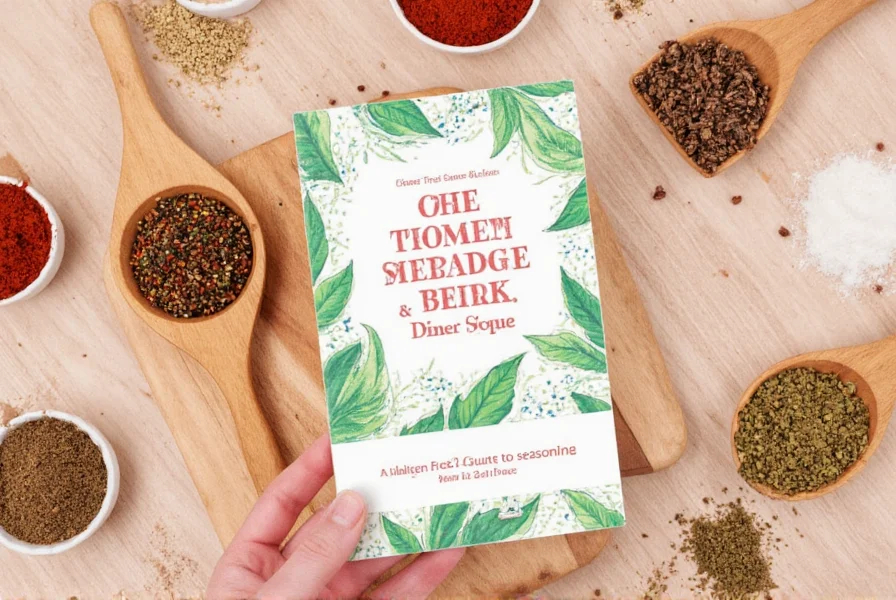
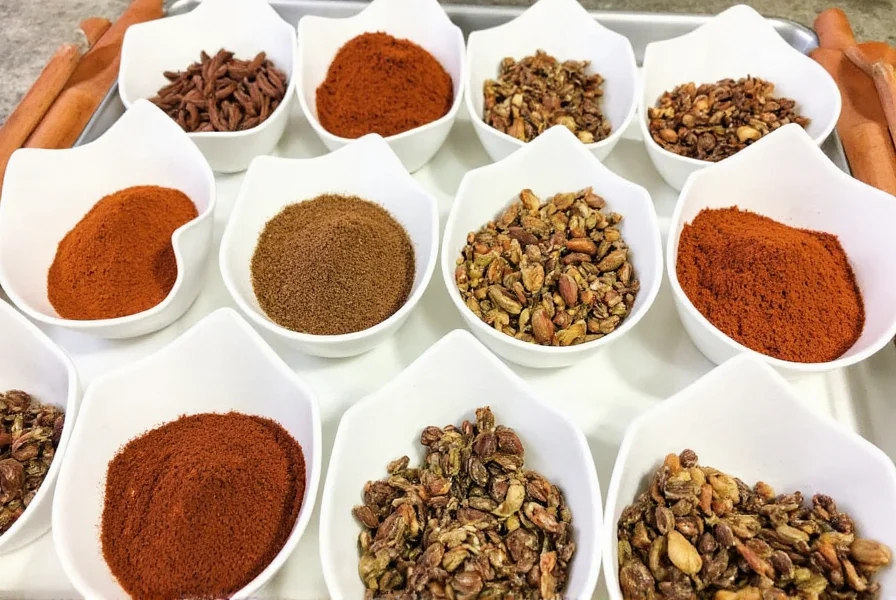










 浙公网安备
33010002000092号
浙公网安备
33010002000092号 浙B2-20120091-4
浙B2-20120091-4